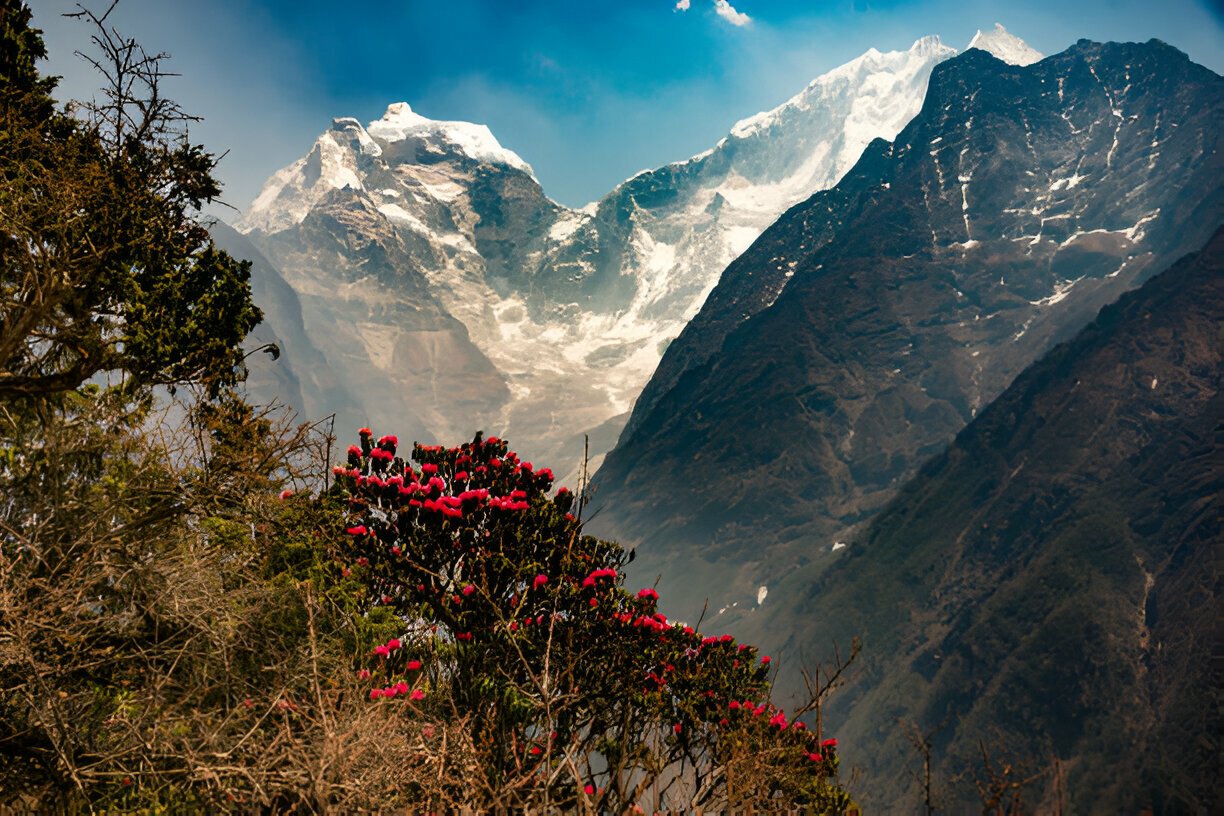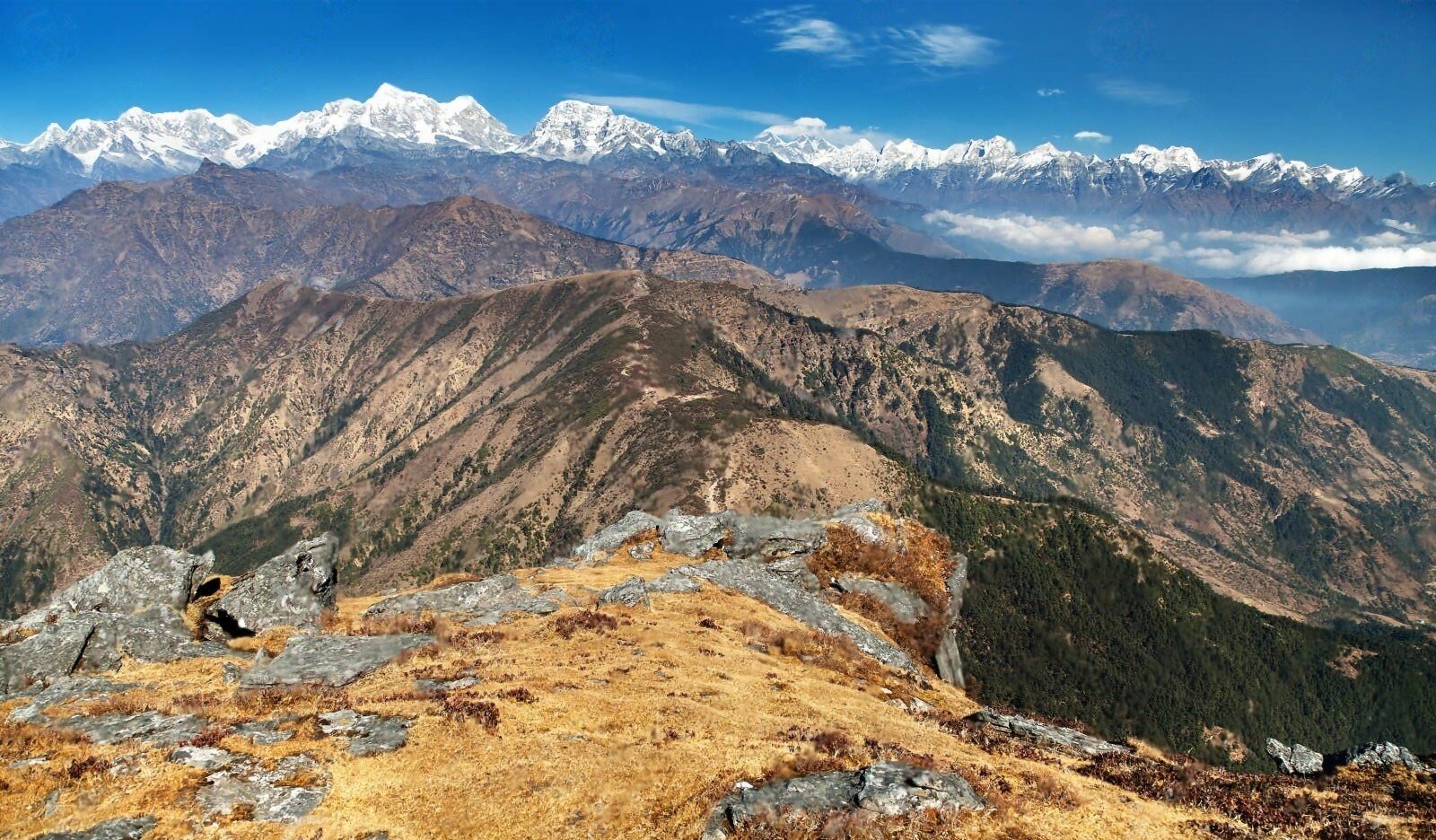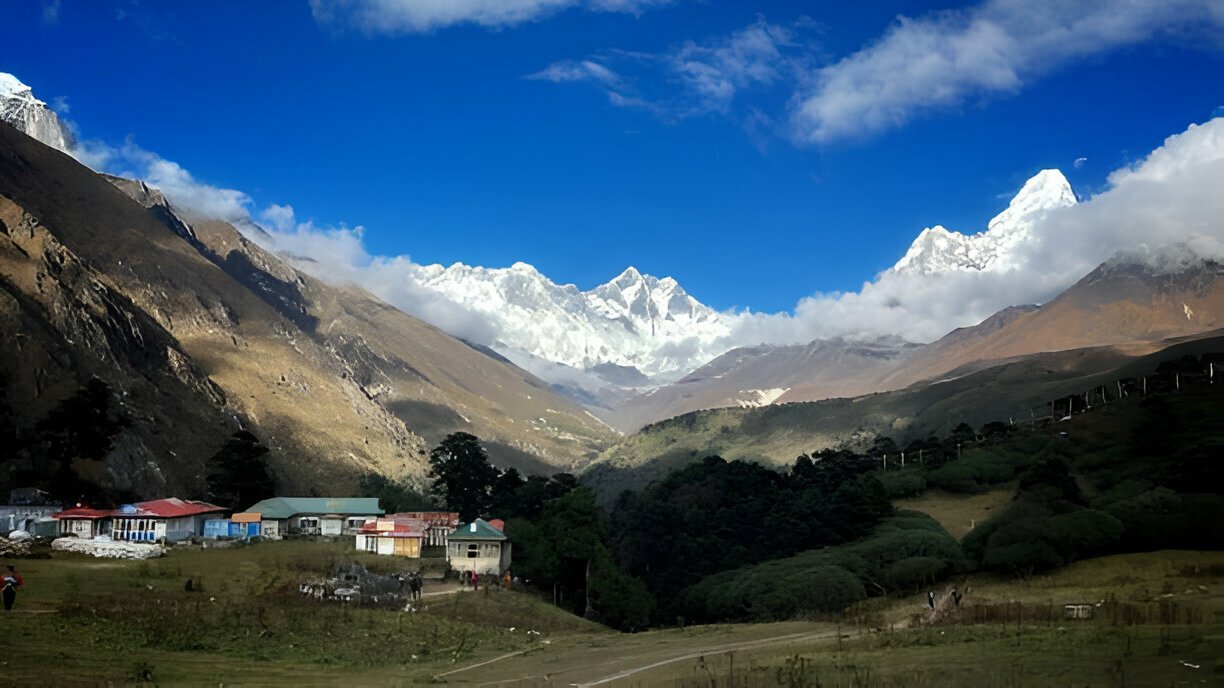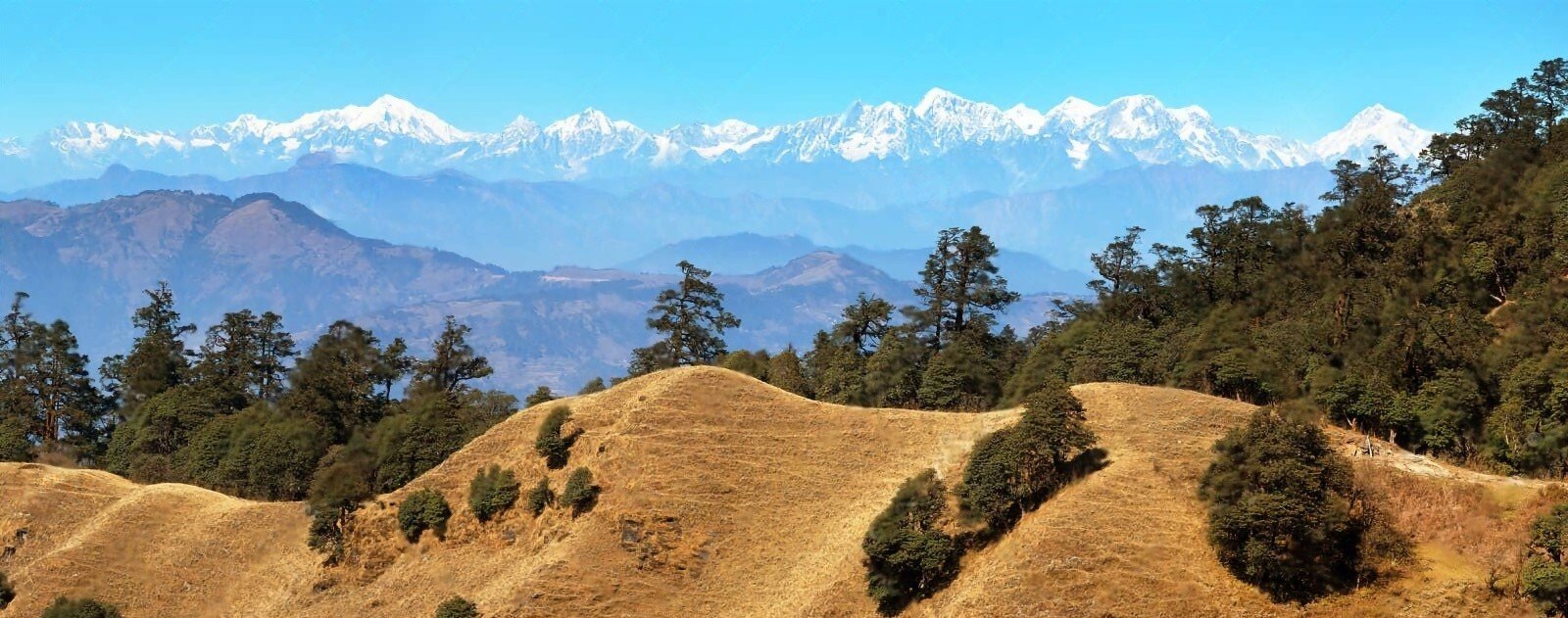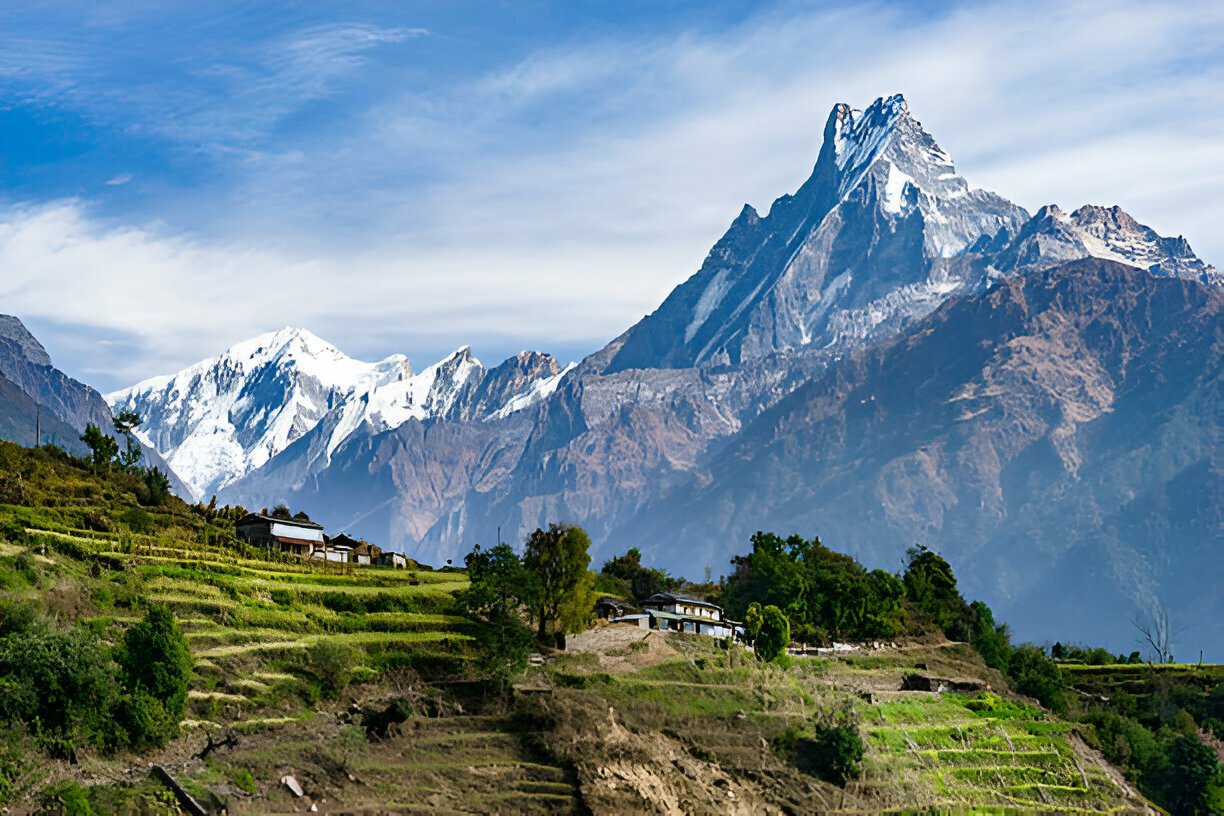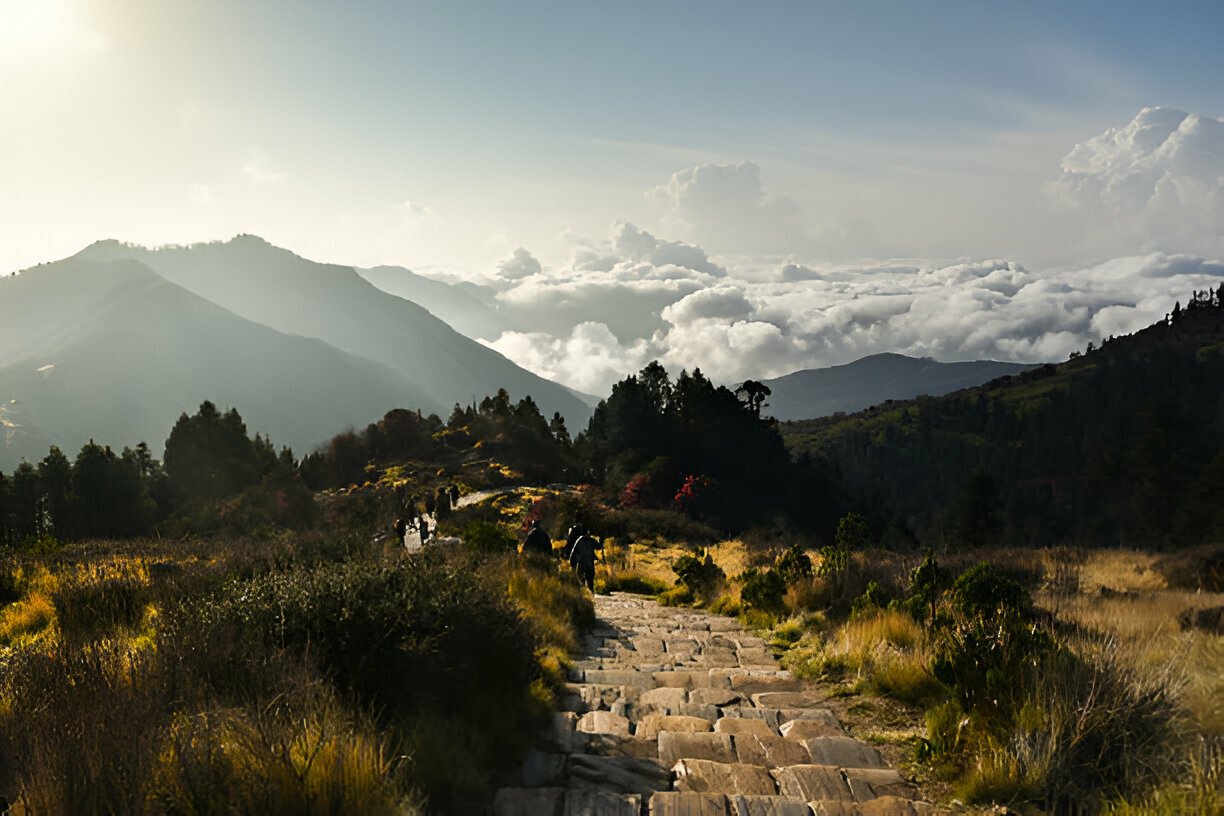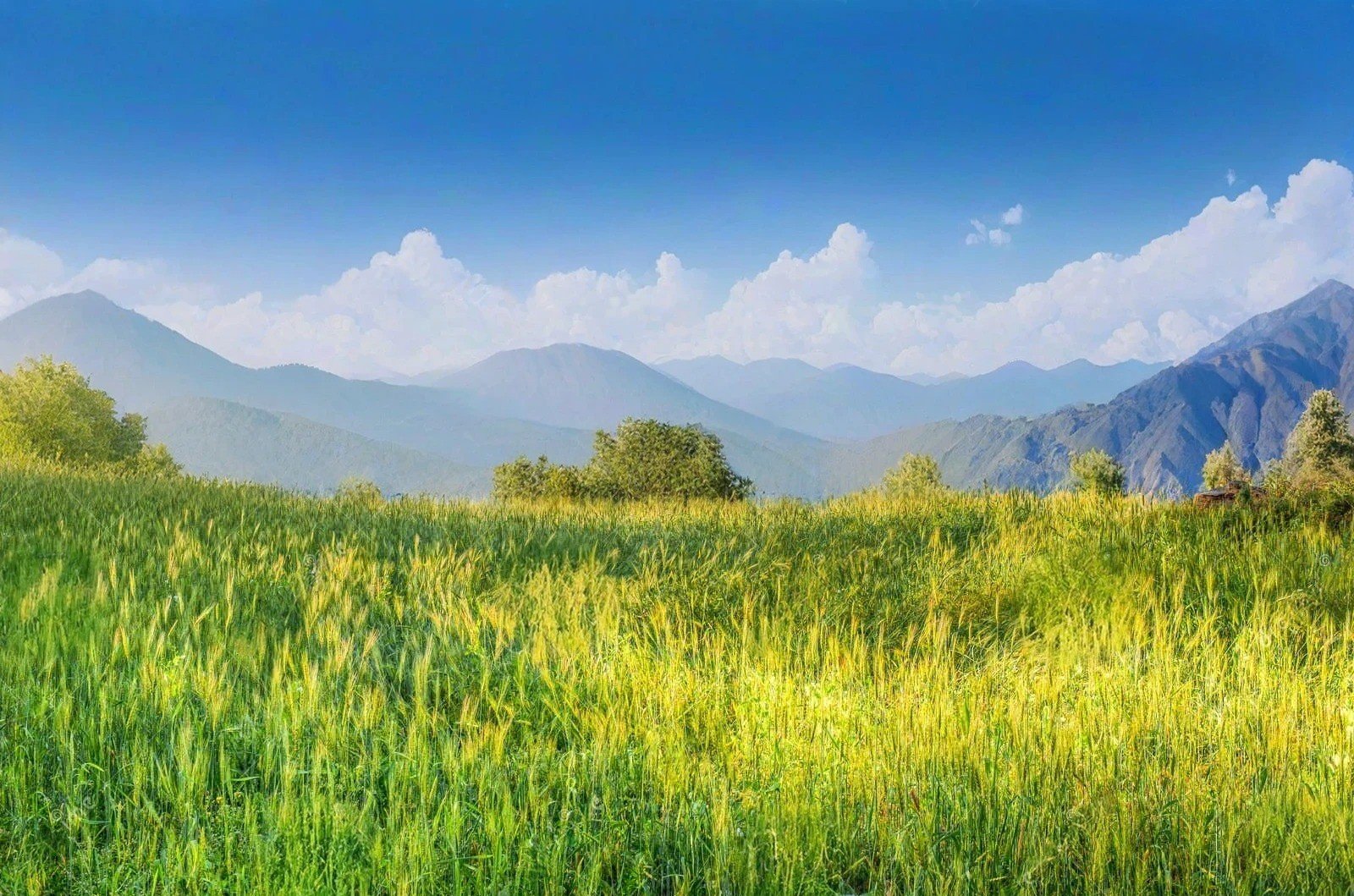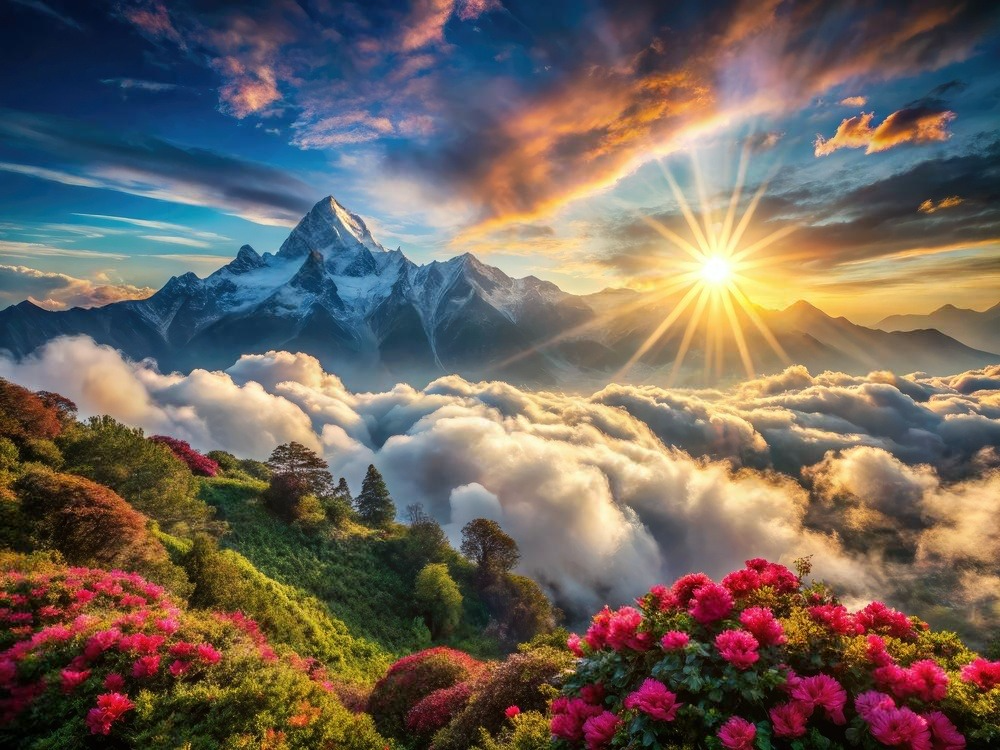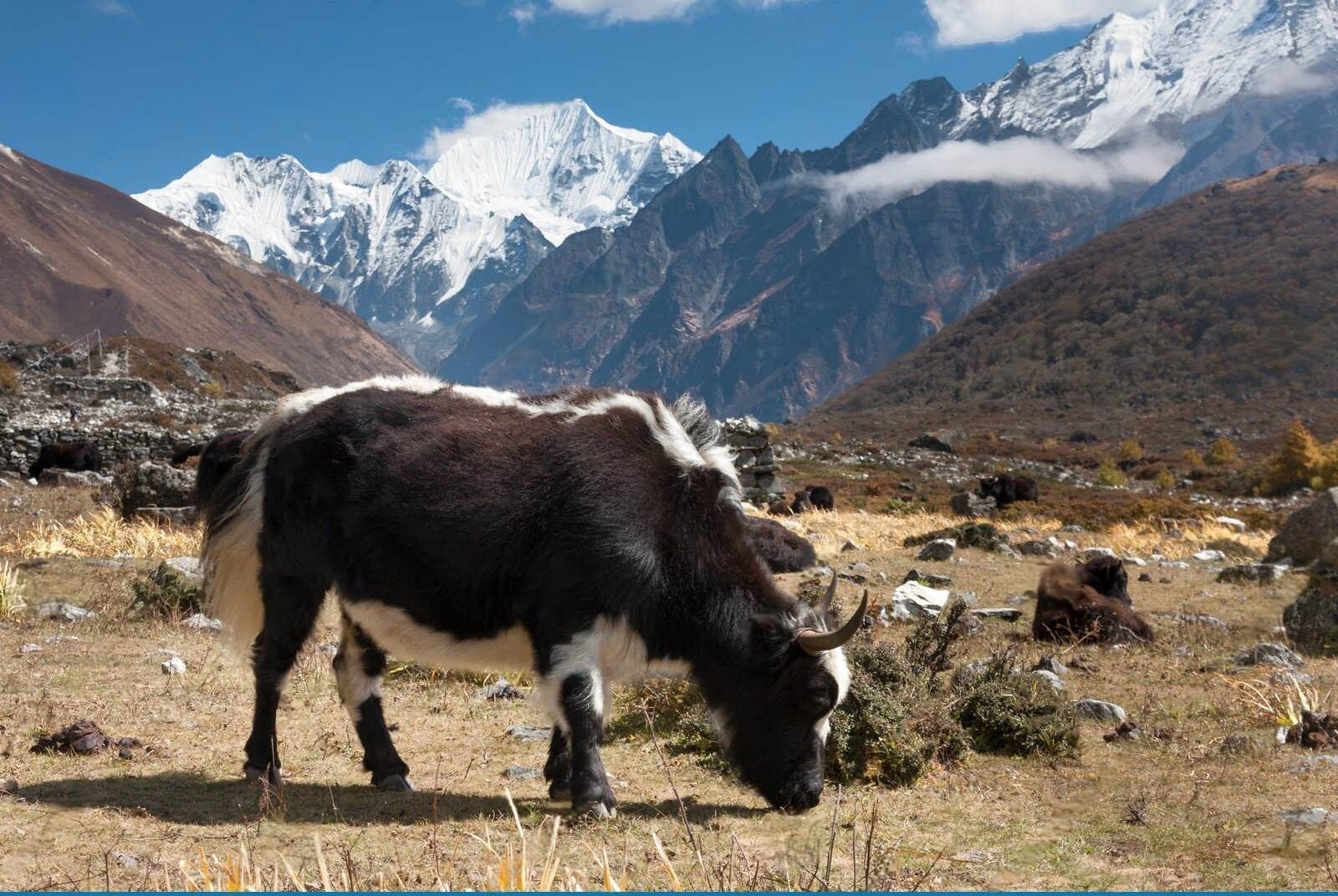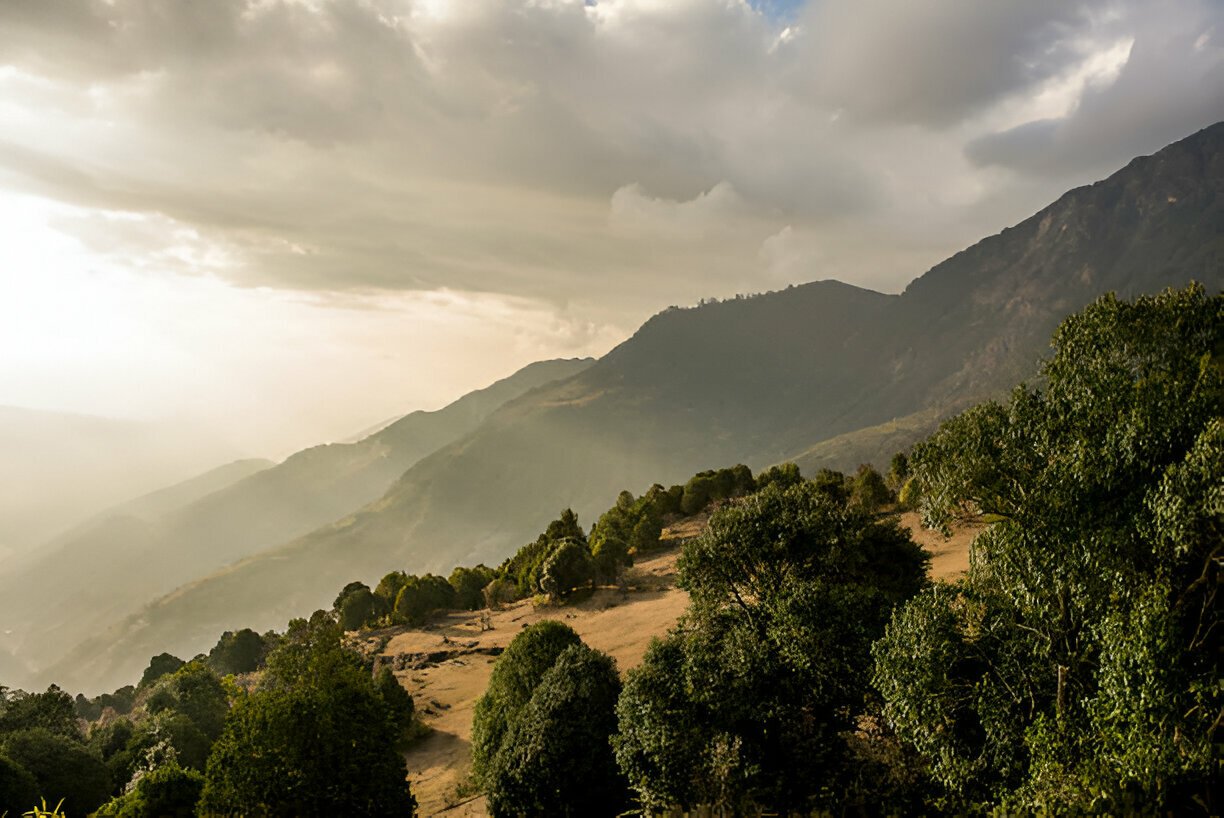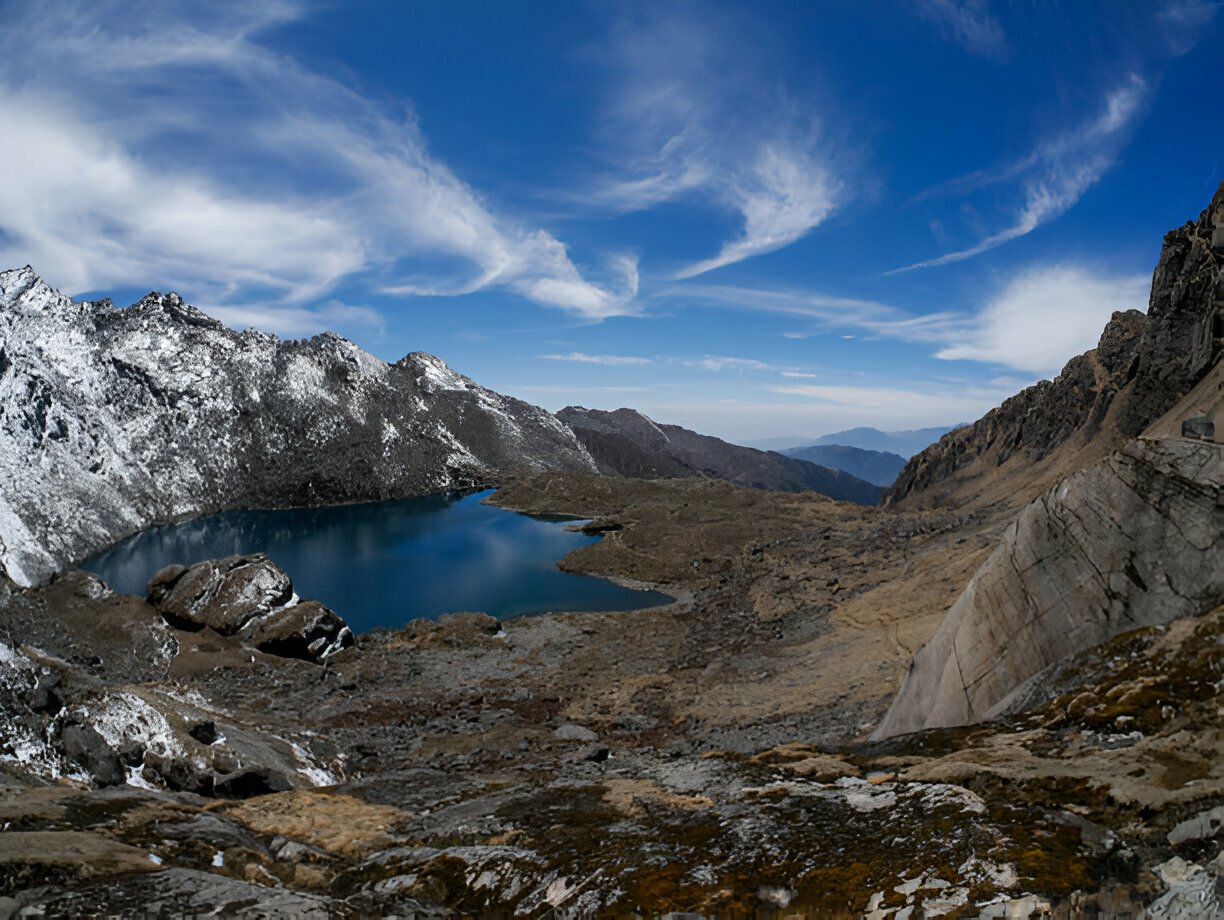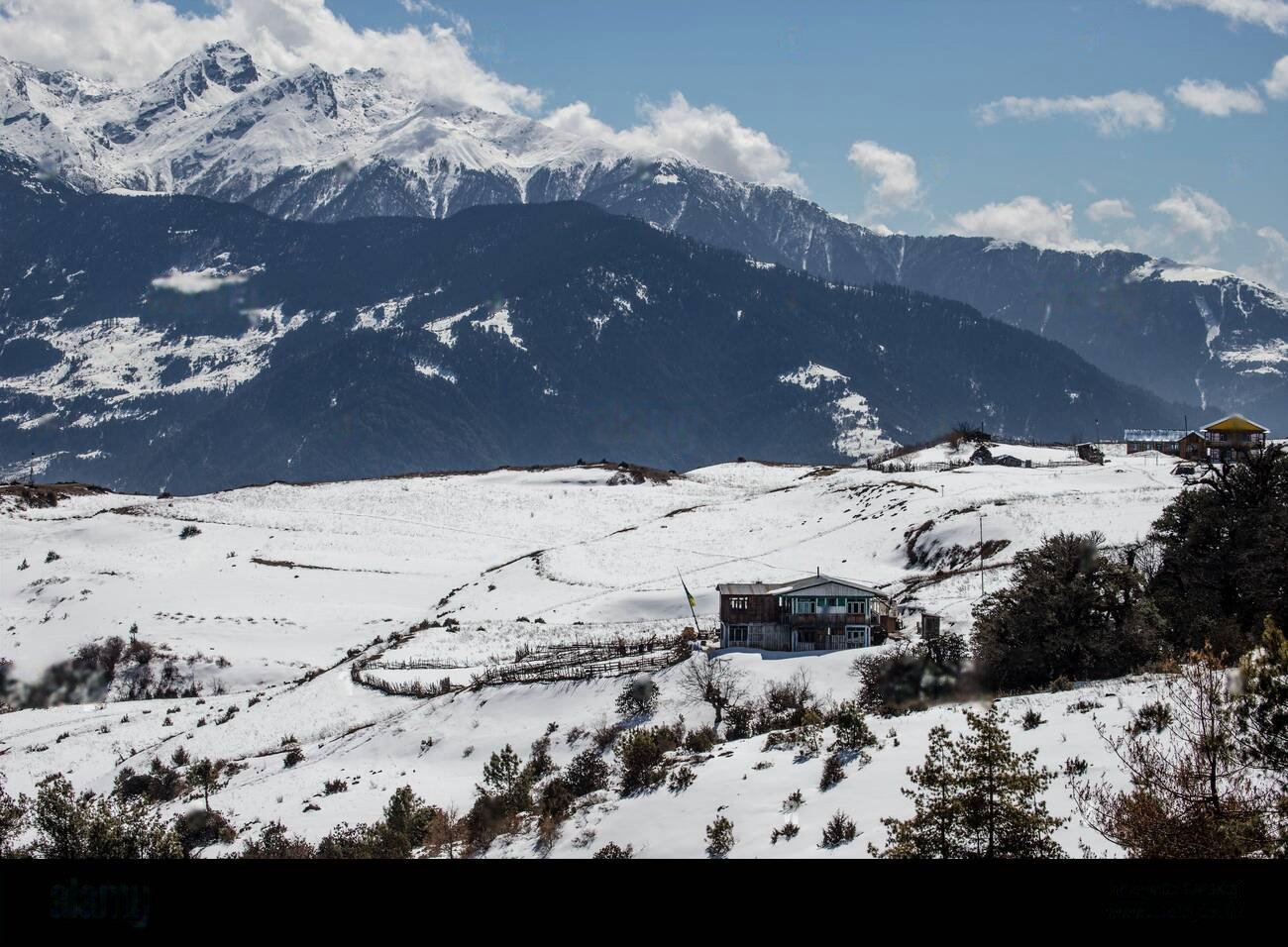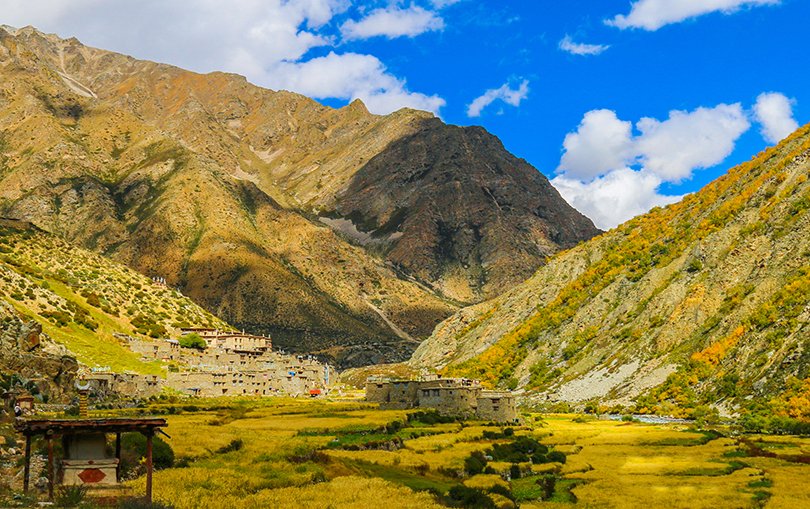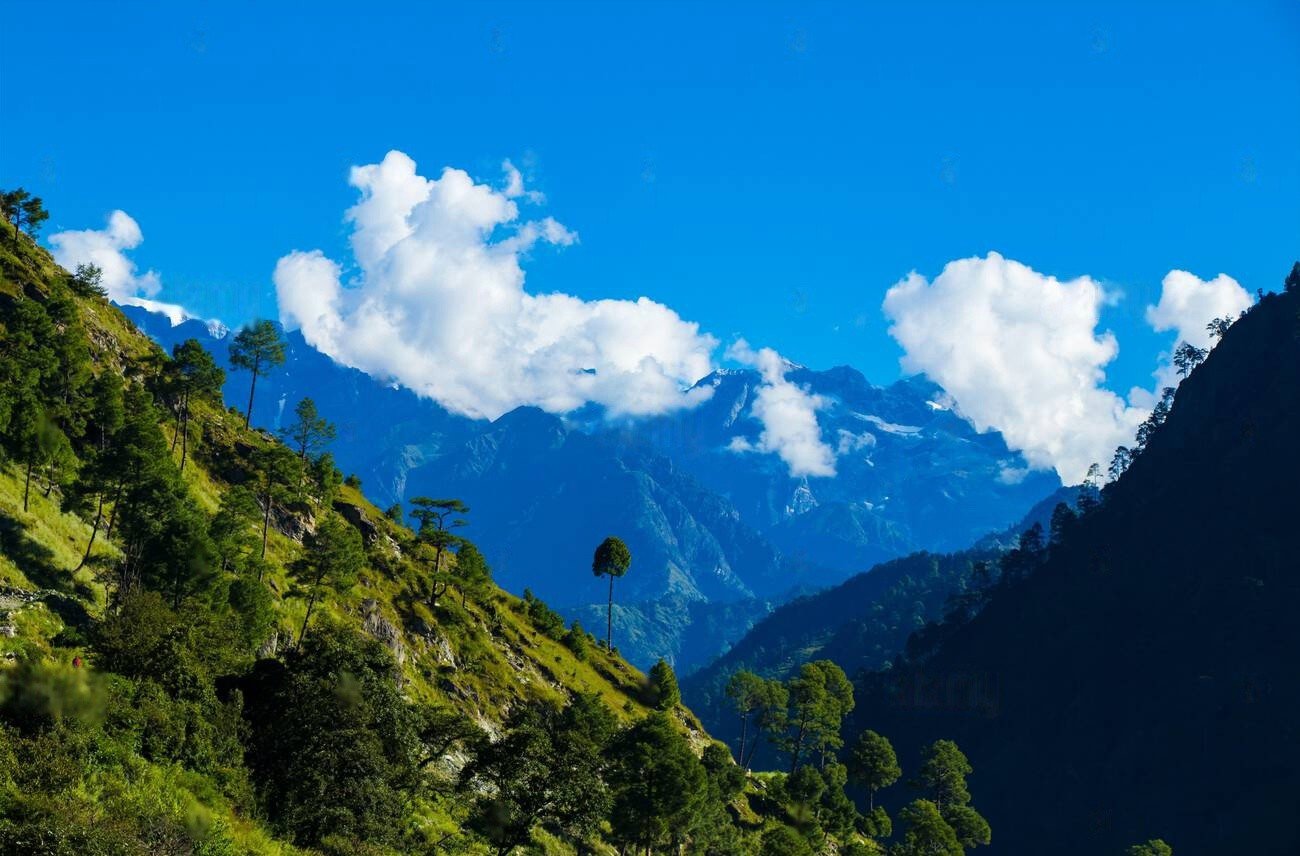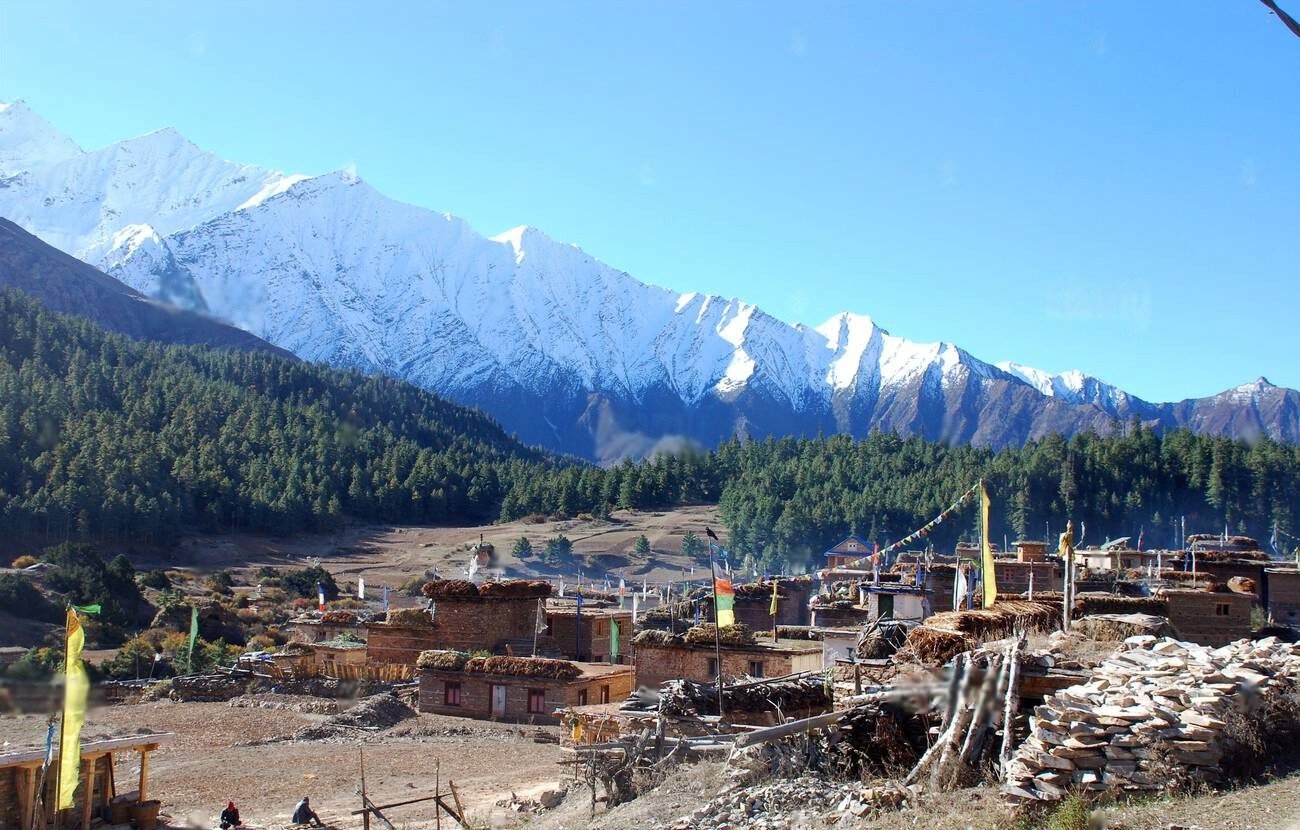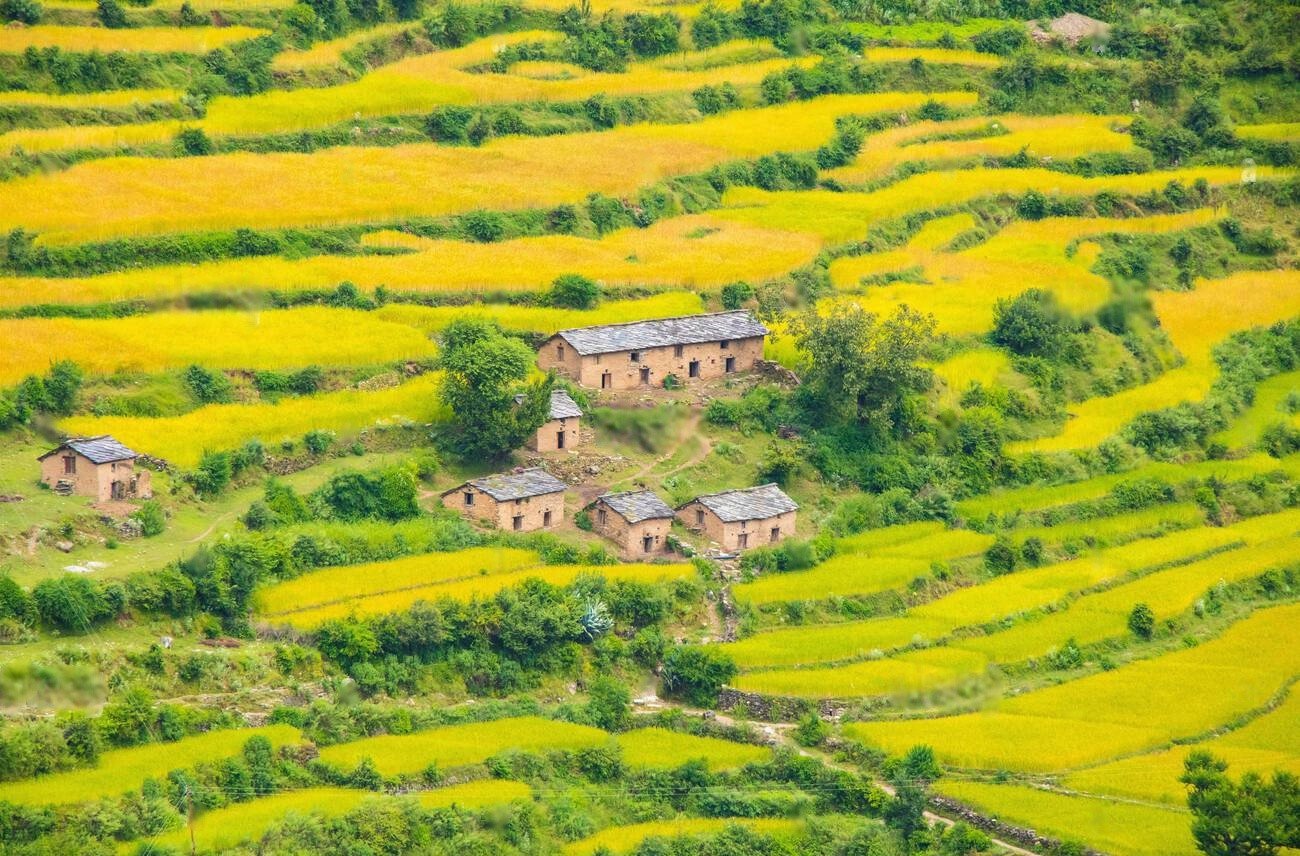 About this Trip
About this Trip
The Limi Valley Trek represents an unparalleled journey into cultural and geographical isolation. What distinguishes this extraordinary trek is its perfect combination of extreme remoteness, pristine landscapes, and living cultural heritage preserved by centuries of isolation.
As you venture through northwestern Humla, you'll witness dramatic contrasts in landscape and climate. From the relatively lush valleys near Simikot, the trail quickly transitions to the arid, wind-swept terrain characteristic of the rain shadow beyond the Himalayan range. This Trans-Himalayan landscape creates an otherworldly setting of stark beauty, with colorful mineral-laden hillsides, deep river gorges, and sweeping high-altitude plateaus. The journey involves crossing several challenging high passes, each revealing new panoramas of the Tibetan plateau and the snow-capped Himalayan peaks forming the border with Tibet.
The cultural dimension of this trek is its most remarkable feature. The Limi Valley, with its three main villages, represents one of the last places on earth where traditional Tibetan Buddhist culture exists in its pre-modern form. Ancient monasteries housing priceless artifacts dating back hundreds of years, traditional architectural styles utilizing local materials, and cultural practices that predate the widespread modernization of Tibet create an authentic cultural experience found nowhere else.
Physically, the trek demands excellent fitness and proper acclimatization due to the significant altitude, challenging terrain, and consecutive long walking days. The remoteness of the region necessitates careful planning and preparation, with several acclimatization days strategically incorporated into the itinerary. The profound sense of achievement upon reaching the isolated Limi Valley—accessible only by foot and closed to outsiders until recent decades—creates an unparalleled feeling of discovery.
Throughout the journey, the connections established with your small trekking team and the local villagers you encounter add immeasurable depth to the experience. Sharing simple meals in traditional stone homes, observing ancient religious ceremonies, and navigating challenging trails together creates a unique camaraderie that transcends cultural and linguistic boundaries.
The Limi Valley Trek represents an unparalleled journey into cultural and geographical isolation. What distinguishes this extraordinary trek is its perfect combination of extreme remoteness, pristine landscapes, and living cultural heritage preserved by centuries of isolation.
As you venture through northwestern Humla, you'll witness dramatic contrasts in landscape and climate. From the relatively lush valleys near Simikot, the trail quickly transitions to the arid, wind-swept terrain characteristic of the rain shadow beyond the Himalayan range. This Trans-Himalayan landscape creates an otherworldly setting of stark beauty, with colorful mineral-laden hillsides, deep river gorges, and sweeping high-altitude plateaus. The journey involves crossing several challenging high passes, each revealing new panoramas of the Tibetan plateau and the snow-capped Himalayan peaks forming the border with Tibet.
The cultural dimension of this trek is its most remarkable feature. The Limi Valley, with its three main villages, represents one of the last places on earth where traditional Tibetan Buddhist culture exists in its pre-modern form. Ancient monasteries housing priceless artifacts dating back hundreds of years, traditional architectural styles utilizing local materials, and cultural practices that predate the widespread modernization of Tibet create an authentic cultural experience found nowhere else.
Physically, the trek demands excellent fitness and proper acclimatization due to the significant altitude, challenging terrain, and consecutive long walking days. The remoteness of the region necessitates careful planning and preparation, with several acclimatization days strategically incorporated into the itinerary. The profound sense of achievement upon reaching the isolated Limi Valley—accessible only by foot and closed to outsiders until recent decades—creates an unparalleled feeling of discovery.
Throughout the journey, the connections established with your small trekking team and the local villagers you encounter add immeasurable depth to the experience. Sharing simple meals in traditional stone homes, observing ancient religious ceremonies, and navigating challenging trails together creates a unique camaraderie that transcends cultural and linguistic boundaries.
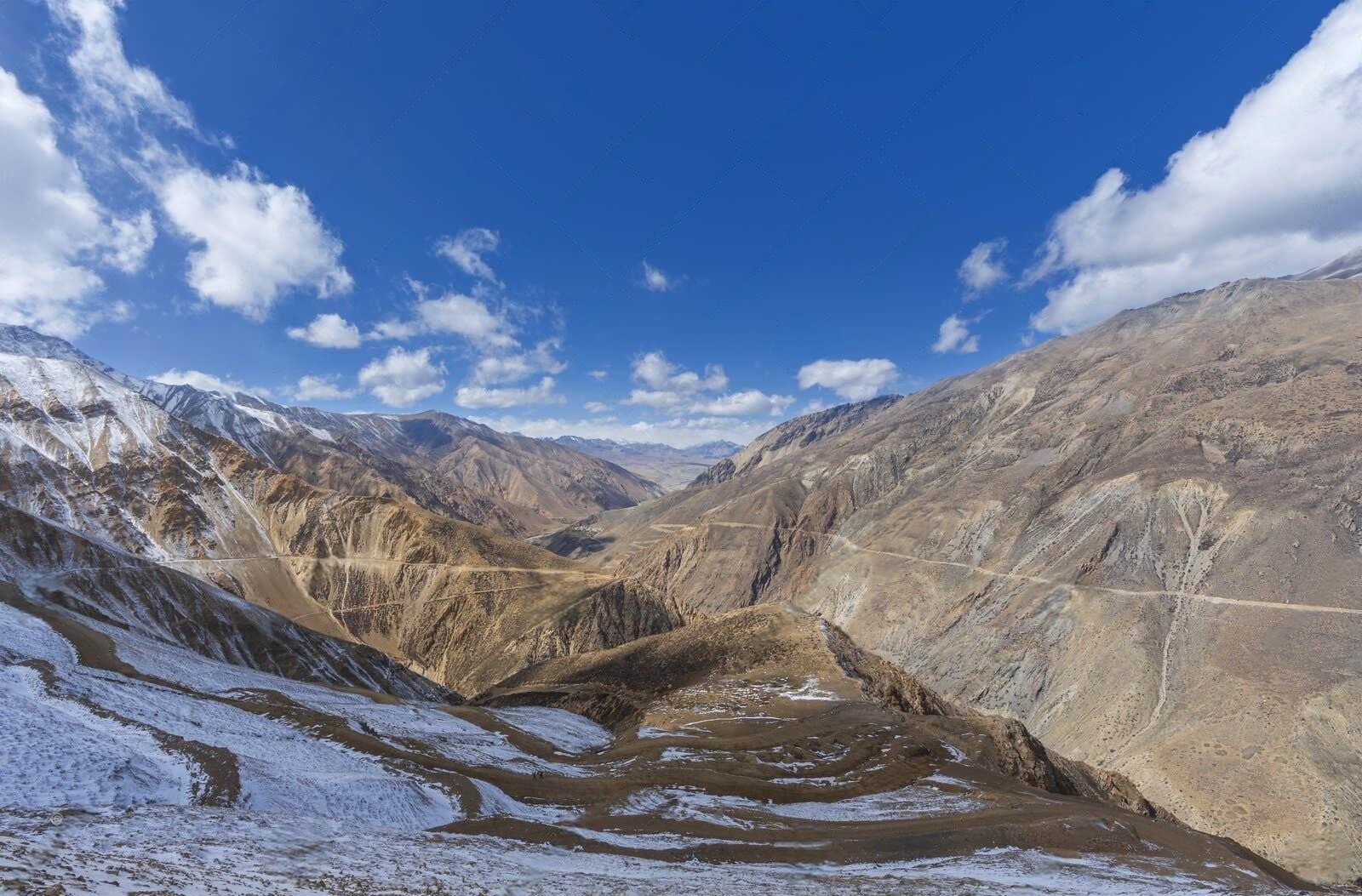
From $0
Price Varies from Group Size
Success
Here goes about why the success toast occurred.
 Itinerary
Itinerary
Arrival in Kathmandu (1,400m)
Kathmandu to Nepalgunj (150m)
Nepalgunj to Simikot (2,950m)
Acclimatization Day in Simikot
Simikot to Dharapori (2,300m)
Dharapori to Kermi (2,670m)
Kermi to Yalbang (3,020m)
Yalbang to Tumkot (3,380m)
Tumkot to Yari (3,700m)
Acclimatization Day in Yari
Yari to Hilsa (3,720m) via Nara La Pass (4,580m)
Hilsa to Manepeme (3,990m)
Manepeme to Til via Lamka La Pass (5,000m)
Til to Halji (3,660m)
Exploration Day in Halji
Halji to Jang (3,930m)
Jang to Talung (4,370m)
Talung to Shinjungma via Nyalu La Pass (5,350m)
Shinjungma to Kermi (2,670m)
Kermi to Dharapori (2,300m)
Dharapori to Simikot (2,950m)
Simikot to Nepalgunj to Kathmandu
Departure from Kathmandu
 Services
Services
Includes
- Specialized bilingual guide with Humla/Limi expertise
- Private transport where available
- Round-trip domestic flights (Kathmandu-Nepalgunj-Simikot-Nepalgunj-Kathmandu)
- Daily meals during the trek: breakfast, lunch, and dinner
- Services of experienced guides, cooks, and porters during the trek
- All essential trekking permits, including restricted area permits for Limi Valley
- Camping equipment (tents, dining tent, toilet tent)
- Accommodation throughout the trek (hotels, guesthouses, camping, basic homestays)
Excludes
- Additional accommodation due to unexpected delays or flight cancellations
- Comprehensive travel and medical insurance for remote trekking
- International flights and entry visa fees for Nepal
- Gratuities for the guides, porters, and trekking support staff
- Personal trekking equipment and gear (sleeping bags, jackets, etc.)
- Extra food and drinks beyond the standard meal plan
- Emergency evacuation services
 Good to Know
Good to Know
Train seriously for 4-6 months with cardio, hiking with weighted packs at altitude if possible, and stair climbing. This is one of Nepal's most challenging treks due to isolation, altitude, and basic infrastructure. Pack comprehensive medical supplies and water purification systems as recommended by a travel medicine specialist. Bring sufficient cash including small denominations of Nepalese rupees. Learn basic Tibetan phrases as many Limi residents speak limited Nepali. Photography of monasteries requires permission and often a small donation. Respect local customs by dressing modestly and avoiding displays of wealth in this very poor region.
Wildlife Encounters
Blue sheep (bharal) on rocky slopes
Himalayan griffon vultures soaring above
Lammergeiers (bearded vultures)
Tibetan wolves (very rare sightings)
Snow leopards (extremely rare)
Himalayan marmots
Pikas and other small mammals
Various high-altitude bird species
Himalayan weasels
 Reviews
Reviews
 FAQs (Frequently Asked Questions)
FAQs (Frequently Asked Questions)
Your queries are answered.
Do I need trekking experience?
Yes, substantial previous high-altitude trekking experience is essential. This trek is suitable only for experienced trekkers who have previously completed multiple high-altitude treks and are comfortable with basic accommodations and challenging conditions.
What is the best time of year for this trek?
Late May to early July and mid-September to mid-October offer the best conditions. The narrow trekking windows are dictated by the harsh winter climate (November-April) and the summer monsoon (July-August), which can make river crossings dangerous.
How do I prevent altitude sickness?
Strictly follow the acclimatization schedule, maintain excellent hydration (5+ liters daily), ascend gradually, and immediately report any symptoms to your guide. Pre-trek consultation with a travel medicine specialist is mandatory, and prophylactic medications should be discussed.
What type of accommodation can I expect?
This trek involves a combination of camping in wilderness settings, basic teahouses, and simple homestays in villages. Facilities are extremely rudimentary, with minimal amenities beyond what your trekking crew provides. In homestays, accommodations are basic shared rooms with minimal privacy.
Is it possible to shower during the trek?
Hot water for basic washing will be provided by your trekking crew, but proper showers are unavailable throughout most of the trek. The hot springs at Kermi provide a natural bathing opportunity at the beginning and end of the trek.
How reliable is the WiFi and phone connectivity?
There is no WiFi connectivity beyond Simikot, and even there it is unreliable. Mobile phone coverage is non-existent throughout most of the trek. Your guide will carry a satellite communication device strictly for emergency purposes.
Can dietary restrictions be accommodated?
Basic dietary restrictions can be accommodated with advance notice, though variety will be extremely limited. Those with strict dietary requirements should discuss this in detail during the booking process and may need to bring supplementary food items.
How much money should I bring?
Beyond the package cost, budget approximately $300-400 for contingencies, though spending opportunities are extremely limited once the trek begins. This buffer is primarily for unexpected situations rather than regular expenses.
How much should I tip the guides and porters?
Tipping is customary and a significant part of crew income. A general guideline is $15-20 per day for guides and $10-12 per day for porters, typically given at the end of the trek. For this remote expedition, slightly higher tips than standard Nepal treks are appropriate.




